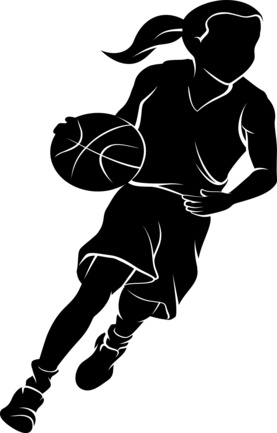Foot pain is something we commonly assess and treat at our North Oakville Clinic. Foot pain is commonly treated as a team between the Chiropodists, Physiotherapists, RMTs and Yoga Therapist. Each profession and professional has a slightly different way of approaching a person who comes to see them.
Did you know that not all pain in the bottom of the foot is plantar fasciitis?
There can be many other things that cause foot pain. Plantar fasciitis is simply one of them.
Also, there are many things that can lead to a person experiencing plantar fasciitis. That’s why a simple “3 exercise strategy” may not be helpful in the long run. These exercises may not be addressing what has brought on the symptoms of plantar fasciitis.
What is the “Plantar Fascia”?
The plantar fascia is a band of connective tissue on the plantar surface (bottom) of the foot. It spans from the heel bone and fans out to the bases of the toes. It has some connection as well to the strong connective tissue of the achilles tendon.
The plantar fascia has an important role in supporting the arch of the foot and with walking and running. It helps stiffen the foot during gait and absorb shock. It is not very elastic and is therefore not able to stretch or elongate much.
What is Plantar Fasciitis?
Plantar fasciitis is the inflammation and irritation usually from micro traumas, of the plantar fascia. The pain can be located in both the heel as well as the arch of the foot. It is most commonly located on the inside to front part of the heel area.
This area may be tender to the touch but not always. The area may hurt as activity progresses or after resting and starting up again. Many people experience the most pain upon waking and the first few steps, or it they have been sitting for a long period of time and then getting up.
What caused my plantar fasciitis?
Often the onset of on injury and pain is multifactorial. This means the Chiropodist, Physio, or Massage Therapist looks at you as a whole person. They are unable to BEST help you without being thorough.
They will ask you questions about your:
- Activity levels
- Sudden increase or decrease in activity
- Other health issues
- Shoes you wear
- Habits – smoking, alcohol intake, sleep habits etc
They will asses you for things like:
- Walking, running and other movement patterns
- Specific and overall strength and function
- Mobility and flexibility
Putting it all together:
Your Chiropodist or Physio will take all of the information your have provided and they have gained from their assessment of you. They will then formulate an opinion and a treatment plan with you.
What are your goals?
Treatment can take time. How you progress depends on many things such as: age, cause of the issue, activity level, occupation and everyday activities, stress levels, sleep, etc.
Tissues have a natural rate of healing. We can help or hinder this based on how we rehab specifically and other general factors in our lives.
There is no one size fits all approach. It is important to have a full assessment and open communication with your health care practitioner.
They will explain why it is important to continue with your treatment plan even after the pain subsides. They should also refer you on should the treatment plan when being followed through together not produce a decrease in symptoms and increase in function.
What else could my foot pain be?
Some other things the Chiropodist or Physio will want to rule out when they asses your foot pain is:
- Mortons neuroma
- Fat pad syndrome
- Achilles tendinopathy
- Stress Fracture
- Strain or tear of the plantar fascia
If you have foot pain that is not resolving or that is affecting your activities of work or enjoyment contact us to book in with one of the Chiropodists at our Oakville foot clinic or with one of our Physiotherapists.



